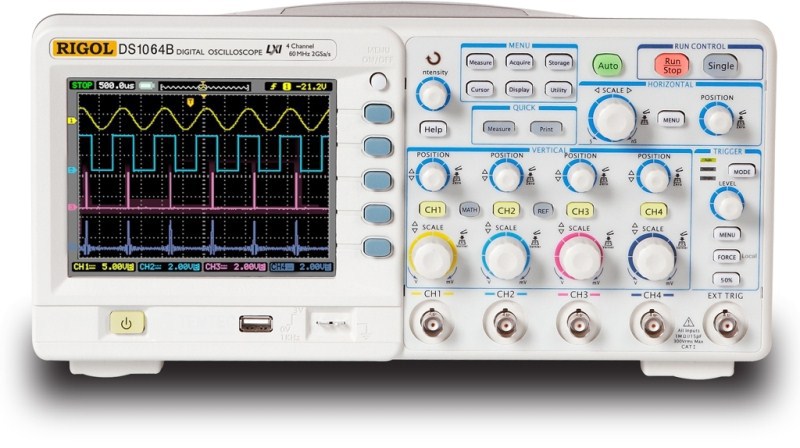Week 5
With week five over, I feel pretty good about where I am at with my internship and my SRP as we head into spring break. As usual, I will begin with my internship. Though I still have yet to firmly grasp an understanding of the several types of code in various testing programs, I am becoming a skilled operator on the IC Test Floor (even though it doesn't require much skill). Each day we seem to encounter a new problem with one of the hundreds of tests, however I come back the next day or the next week and the problem has been fixed after careful analysis and changes, but once again a new problem arises that needs attention. As the weeks have passed, one by one tests have been checked off in the report until hopefully there will be no more tests to run and the report as well as the data can be sent down the road. Of course there are many more steps in testing and regulation that occur down the road by medical device companies themselves. In fact, since the FDA lacks an efficient system to monitor Medtronic's implantable devices, Medtronic has assumed the responsibility of supervising its devices both to make up for any mistakes the FDA makes as well as collect information regarding the status of devices after implant.
As you see in this flow chart, once a medical device is designed, developed, and tested, depending upon the class level of the device, the FDA can review a device anywhere from three months to twenty four months after the submission. Now this is the real interesting part and all a true story. A friend of my father's needed a specific surgery in order to eliminate the tremendous pain in his back. His doctor told him he needed the surgery soon but it had not been approved in the US and was currently under review by the FDA and still had a potentially long way to go before patients could access the new surgery. Thus, he flew to Germany and had the surgery there where it was already approved by the EU and several committees. The surgery was very efficient, flawless, and rid him of all back pain. Some people argue the FDA's regulation is much safer and humane, though much more time-consuming, whereas others argue the EU's regulation is reasonable time-wise and efficient in terms of necessary approvals that allow patients faster access to therapy.
Essentially, just as PG-13 movies in Europe are rated R in the United States, medical devices are less stringently regulated in Europe than they are in the United States. The EU operates in a fashion that treats their people as guinea pigs, in which of course some say is inhumane while others say is logical. Now this is where medical device companies come in. American medical companies are gradually moving their headquarters to Europe in order to decrease profit loss due to taxation. However, the United States makes up a little less than half the medical device market while the EU makes up just twenty-five percent of the global market, meaning if companies want to engage the largest market, they must still go through the regulatory processes of the FDA. Thus, in the future, it is expected that more companies will use Europe as an initial test run of their devices, at least until the EU makes their regulation more strict. Altogether, both the United States and Europe have a lot to learn from each other and their regulation will most likely become more and more similar as their systems become safer and simpler.
Overall, the internship is going great and my research into the differences between the EU and the FDA is truly eye-opening. I will definitely discuss these differences more, but as I have said before, there is so much information to handle and process that for now I am simply giving a synopsis.





